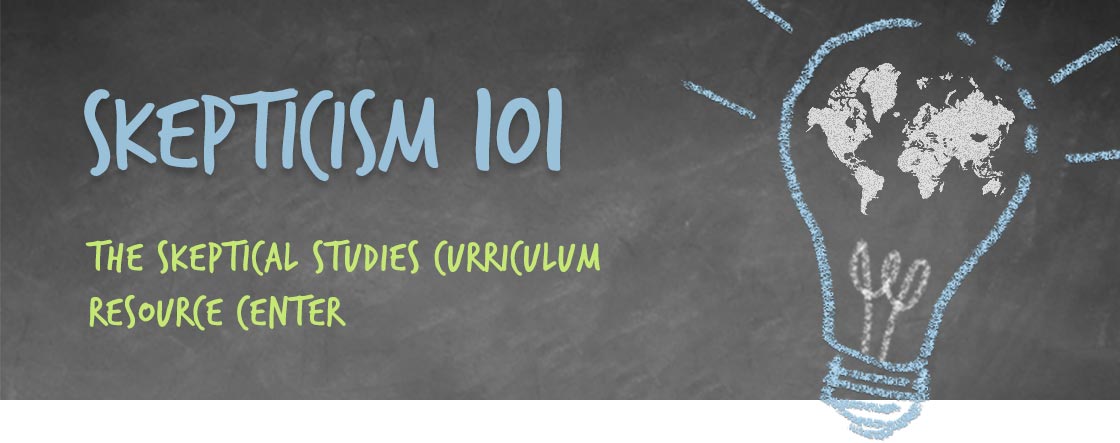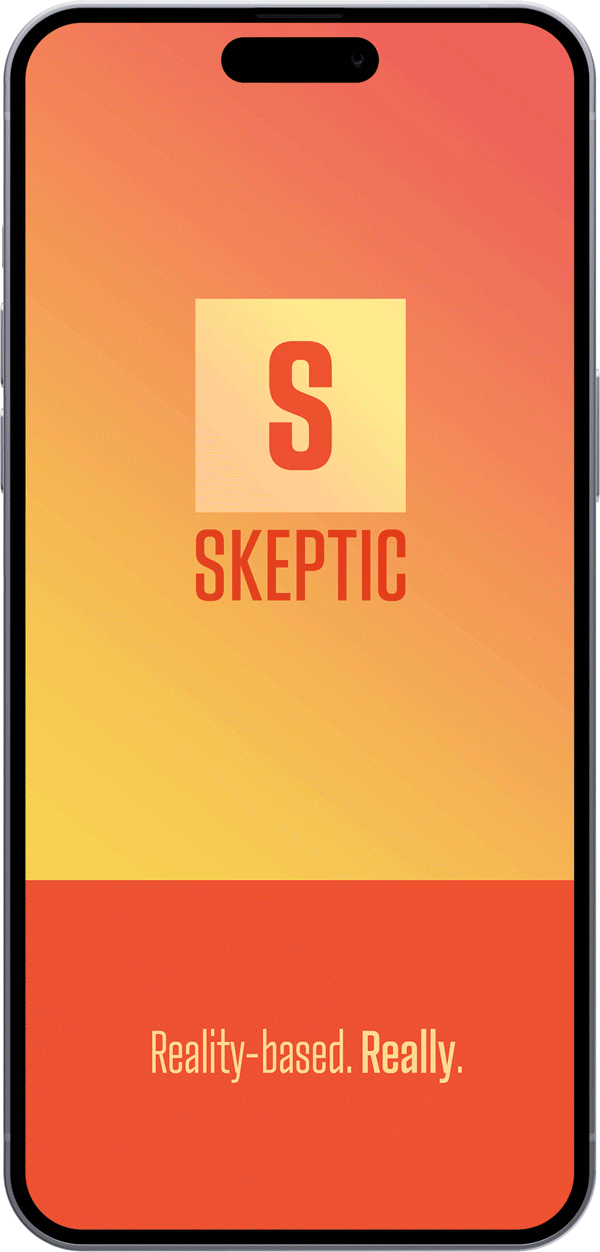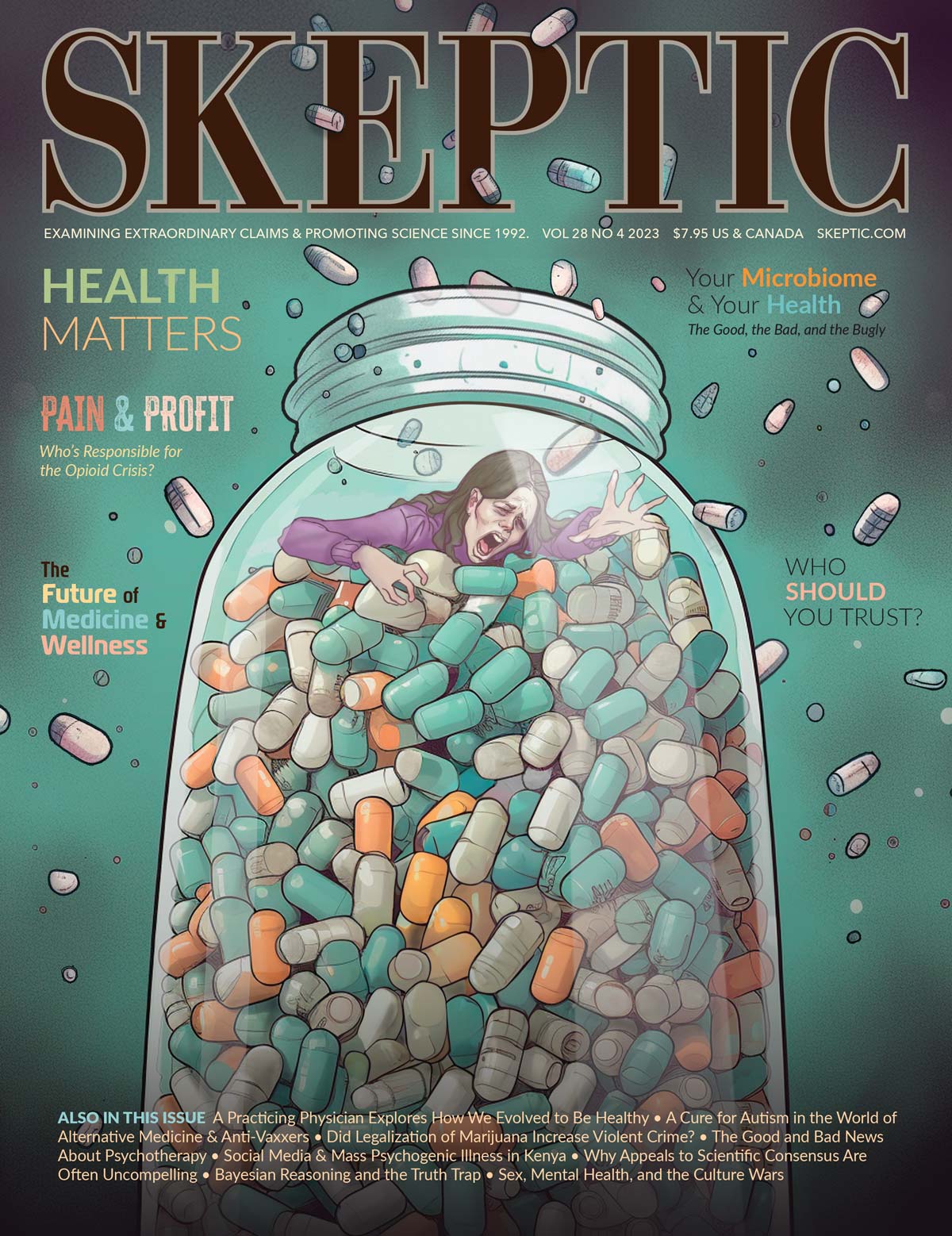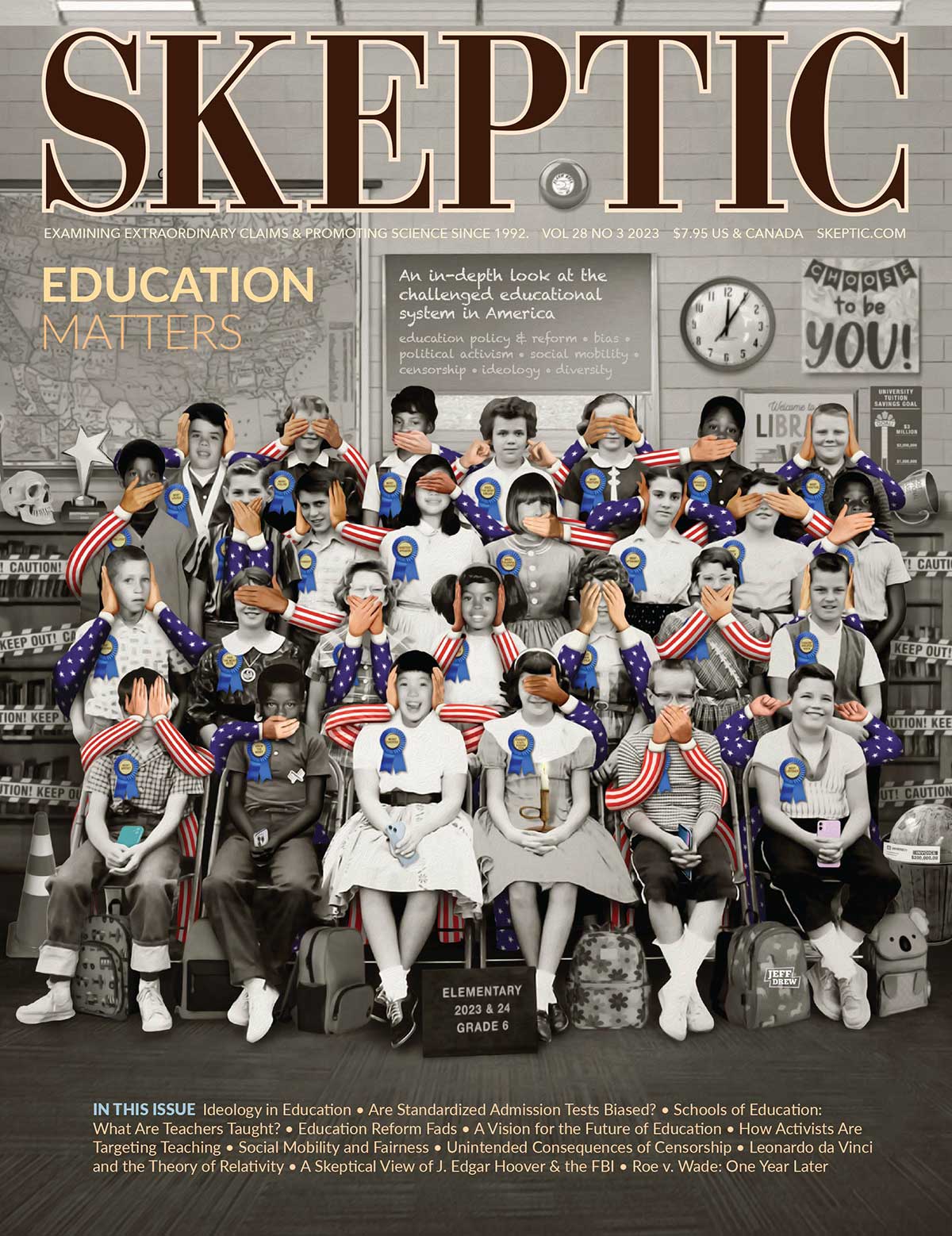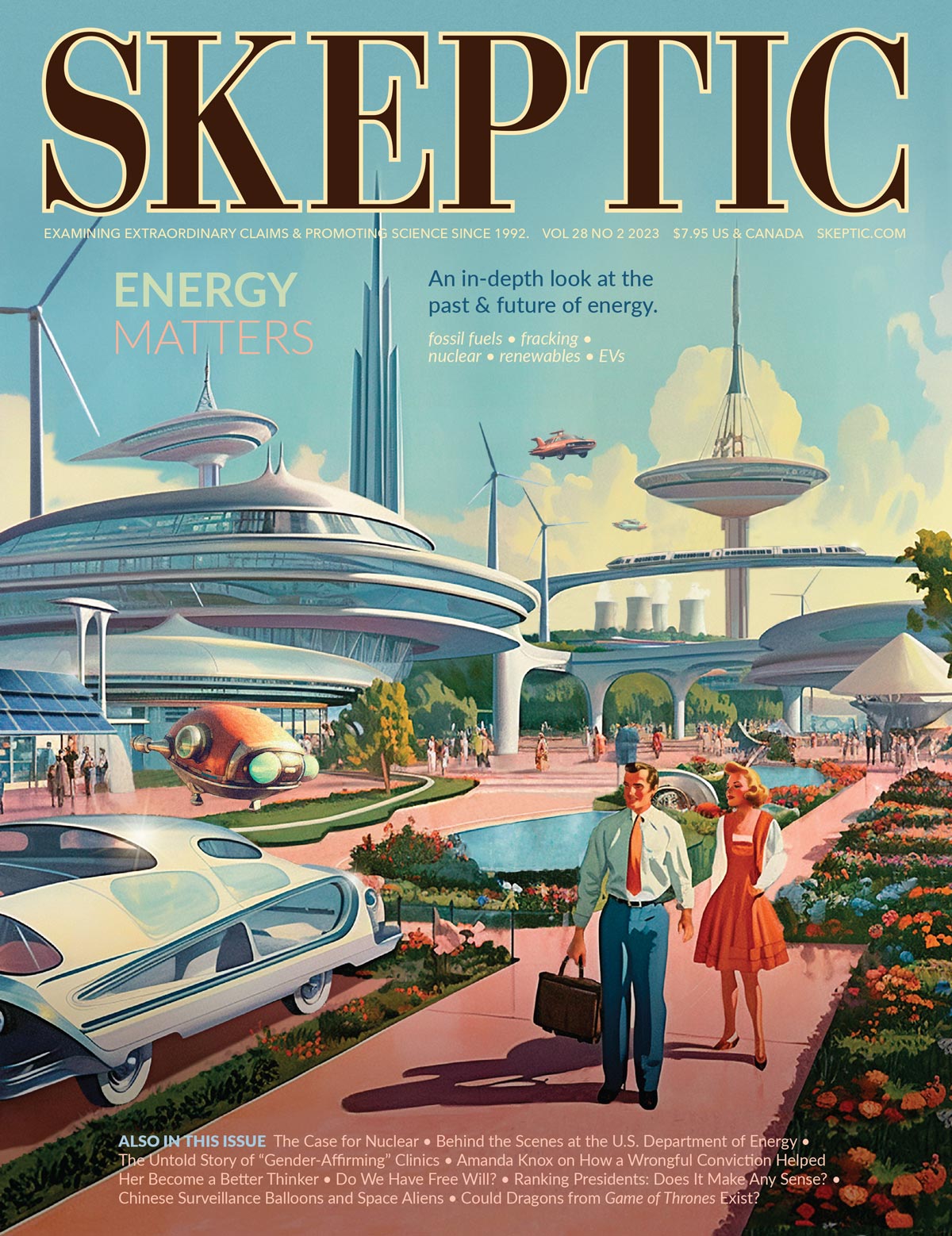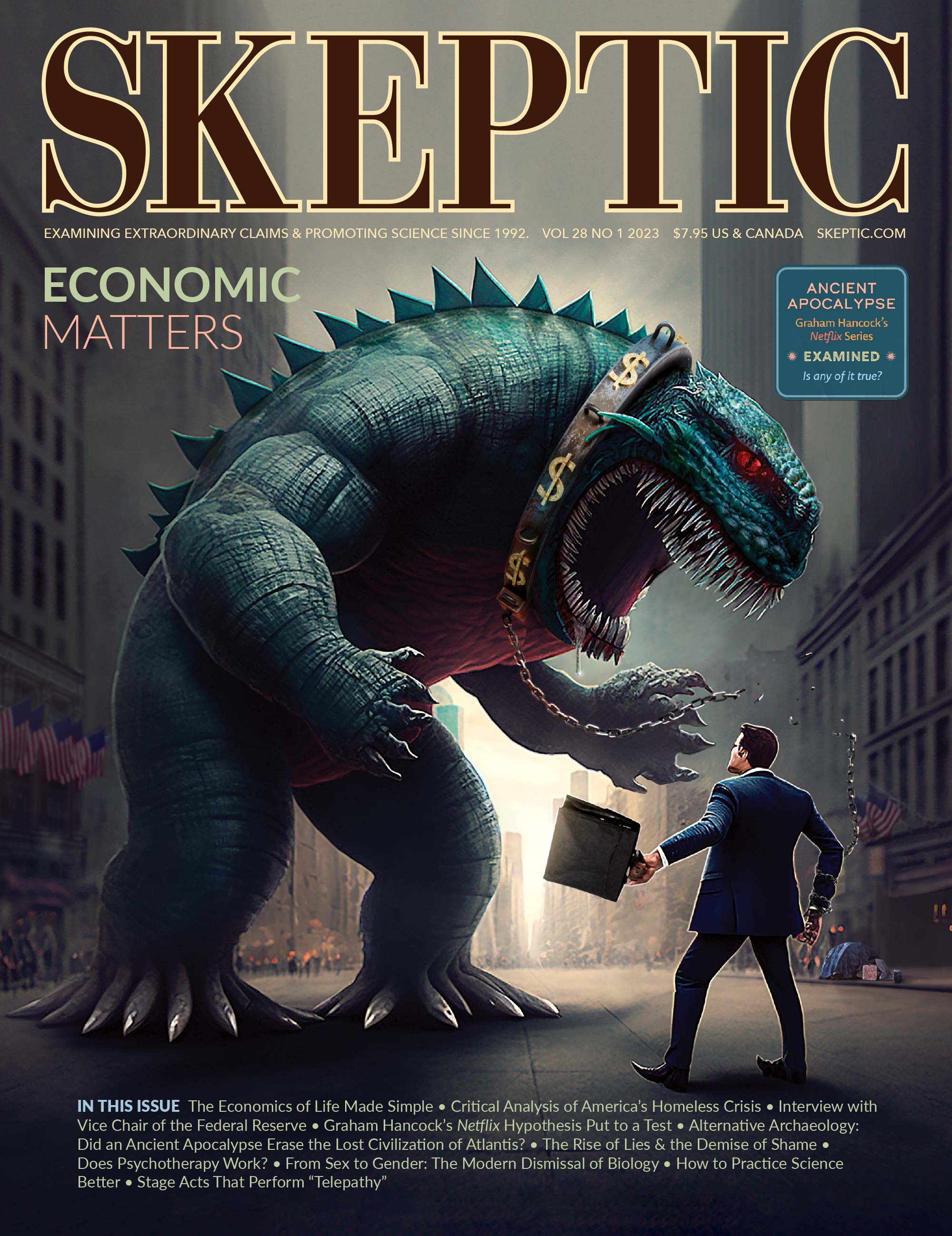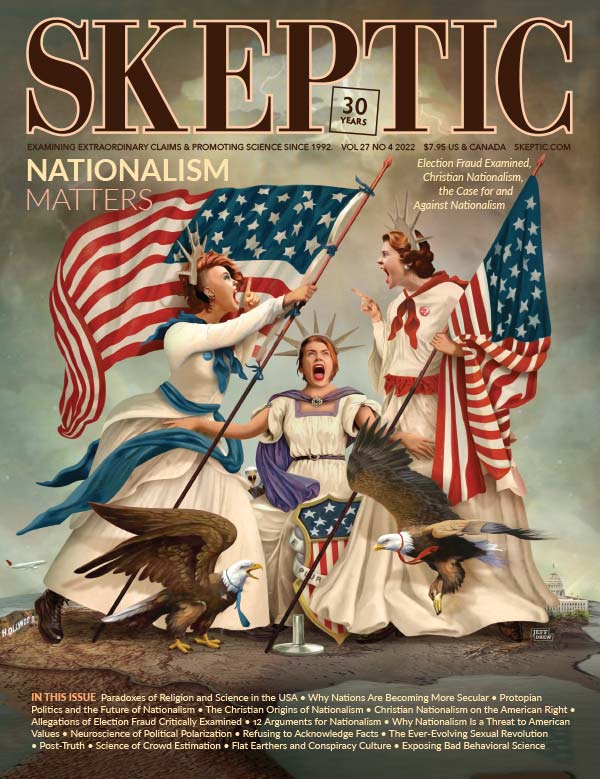You Are Browsing:
in-class exercises
In the following post, a high school science teacher outlines the way in which he promotes critical thinking in the classroom through teaching his students about 6 common mistakes in our thinking.
Excerpt from Outline
In my classroom, I utilize many non‐fiction science books published for general audiences. I refer to many more as part of my presentations and even have a “book of the week” that relates to our lessons in some way. There is, however, one book that stands out. I use the entire book and my lesson was actually built around the text. The book is Don’t Believe Everything You Think: The 6 Basic Mistakes We Make in Thinking by Thomas Kida.
As part of the first unit in both of my high‐school science classes, Environmental Science and Chemistry, I cover the scientific method. This is a subject that students have covered extensively. They are usually juniors and seniors (with an occasional sophomore or freshman) so they know by heart the ʺstepsʺ of the method, but they do not truly know what it means to think like a scientist. They are not used to dealing with the common thought processes that scientists strive to overcome. Using Kida’s book as a basis, I present the topic in the form of a quiz, having the students fill out an answer sheet for the test.
The lesson is a PowerPoint presentation with additional material over two days, covering three fallacies each day. For each of the six fallacies of thought presented by Kida, I start with quiz questions designed to illustrate the fallacy.
Download Paper/Outline:
DOWNLOAD THIS RESOURCE
(192 kb PDF)
Download Michael Dean’s PowerPoint:
DOWNLOAD THIS RESOURCE
(1.7 MB Powerpoint Presentation)
The following three assignments are from the course, “Philosophy 41: Critical Thinking” taught at Los Medanos College in fall 2011 by Jennifer Saito.
Paradigm Shifts
In this assignment students must, “… present and analyze a false paradigm using [the] error theories and concepts [talked about in class] to explain how people got it so wrong.”
DOWNLOAD THIS RESOURCE
(90 kb PDF)
Truth Detection
In this assignment the student’s job is to, “…become a modern truth-detective and thoroughly analyze an extraordinary claim [he/or she is] skeptical about in contemporary society. The ultimate goal is to determine whether [he/or she] think[s] there is any truth behind the claim, to analyze the persuasive techniques which are used to convince the public of its validity and to give advice to the reader about how to avoid being duped.”
DOWNLOAD THIS RESOURCE
(393 kb PDF)
Metamorphosis
This is the students’ final assignment. Students must, “present and thoroughly analyze a personal case study wherein [they] got something important really, really wrong and how this error affected [their] identity.”
DOWNLOAD THIS RESOURCE
(118 kb PDF)
These exercises are from a Summer Youth Program for High School Students titled, “Brain Glitches” and taught by Diane Graft. You can find PowerPoints for the summer course here.
Prisoner’s Dilemma
The Prisoner’s Dilemma is a classic example of “game theory”. A simple game with strategies that are anything but simple. This exercise helps students understand the ways in which human brains work.
DOWNLOAD THIS RESOURCE
(49 kb Powerpoint Presentation)
Ultimatum Game
Following the Prisoner’s Dilemma, students now play a game that explores the “Volunteer’s Dilemma”.
DOWNLOAD THIS RESOURCE
(47 kb Powerpoint Presentation)
This is one of the assignments from Eric Remy’s course, “But is it Crazy Enough?” Students must review the materials (downloadable below) provided that describe the wonders of homeopathic medicine. Their job is to analyze the materials critically and find the (myriad) flaws.
FYS 141-3 Homeopathy assignment
During class, the instructor will present a paper, a poster and a talk on the wonders of homeopathic medicine. Students should take these as examples of what they will need to do for their final project. Students will then be allowed to ask as many pointed questions as possible about the assumptions, evidence, and reasoning of the paper/talk.
The paper will be available on Moodle. The job of the student is to read the paper and then develop a 1250 word (roughly) criticism of the paper. Students won’t be able to counter all of the arguments: so they may want to coordinate with other class members to pick specific sections to work on in more depth. (All work must be their own, however.) They should look at the paper with a highly critical eye, since they’ll be creating something similar as well as doing this for other student papers. The following are questions students should address in their paper.
- Is the hypothesis sound?
- Does the reasoning make sense?
- Do the experiments account for possible complicating factors?
- Do the experimental results actually support the hypothesis?
- Are negative experimental results also being reported?
- Is the displayed evidence actually significant, either in a statistics or impact sense?
- Does the hypothesis/evidence contradict what you already know about reality?
- Are the conclusions inflated beyond the evidentiary support?
- Do the references say what the paper claims?
- Is the referenced data the same in my paper and the references?
- Do the papers include other claims?
- Do the references even exist?
The paper heavily references original source documents. Students should work with the library to get copies of these and read them carefully.
Since the instructor will be promoting theory, students should ask other members of the faculty questions if they do not understand the material in the original documents. They should be able to answer basic questions about the material and give students ideas of alternate explanations if they choose to disagree with the author (i.e. instructor).
Statistics questions: XXX
Chemistry questions: XXX
Physics/quantum mechanics questions: XXX
Philosophy questions: XXXX
Biology questions: XXX
Paper Found Here:
DOWNLOAD THIS RESOURCE
(395 kb PDF)
Poster Found Here:
DOWNLOAD THIS RESOURCE
(3.3 MB Powerpoint Presentation)
Have you ever felt like you knew what someone was going to say before they said it? Or that you had a feeling that the phone was going to ring and it did? Have you had a “psychic” tell you something about yourself that s/he couldn’t know without reading your mind? Have you ever thought you had a “sixth sense”? What explains this? Many have experienced one or more of these events, described them as extraordinary, and attributed them to extrasensory perception (ESP). In this exercise you can take your students through the process of finding out (scientifically) whether or not they, or someone they know, has ESP. Designed for grades 9–12. This in-class exercise was created by the James Randi Educational Foundation (JREF) and it answers questions such as: (1) What is ESP? (2) How I you test it? and (3) What is the history of this research?
DOWNLOAD THIS RESOURCE
(643 kb PDF)

